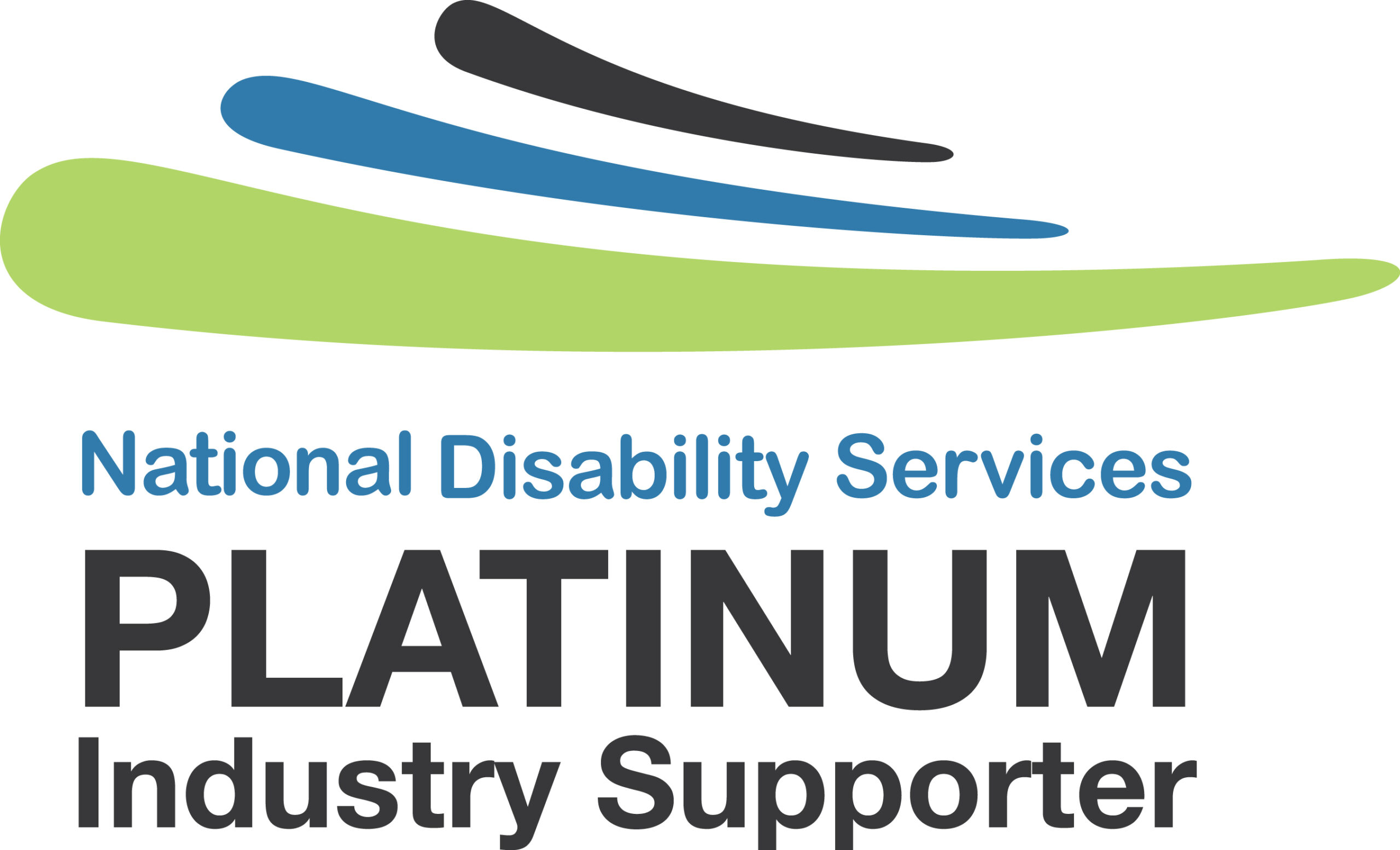Support at Home is introducing sweeping changes to how you claim, but co-contributions are perhaps the most complex. In practice, they mean you need to claim varying amounts from different parties for the one service. Complicated, right?
Within this post, we’re going to explain what co-contributions entail and what they mean for your claiming, so that you can claim with confidence when Support at Home comes into effect.
What are co-contributions?
Co-contributions are for those Australians who can contribute to the cost of their home care services. The amount of the co-contribution will be based on a percentage of the service cost and depend on the service type and an individual’s financial situation.
Let’s look at the service types first. Support at Home has three:
- Clinical care: nursing, most allied health services, nutrition, care and restorative management. A participant pays no contribution for clinical care.
- Independence: personal care, special support, community, respite, transport, assistive technology, and home modifications. A participant pays between 5 and 50% for independence.
- Everyday living: domestic assistance, home maintenance, repairs, meals, and meal preparation. A participant pays between 17.5 and 80%.
As we can see, the service type determines the range of the co-contribution, but then other factors come into play, including the Age Pensions means test. These include a participant’s total income, whether they are a homeowner or renting, their home value and other assets, and their Support at Home class.
The Aged Care Taskforce resources offer some helpful examples of how a participant’s co-contribution is calculated. For example:
Sally is retired and does not receive an age pension, but holds a Commonwealth Seniors Health Card. She owns her house, has superannuation and other income. She has high care needs, receiving a class 5 package. She is a new entrant, subject to new arrangements.
As we’ll explore below, you’ll learn the co-contribution amount when you submit a claim to the Services Australia portal and receive a statement for download.
How to claim co-contributions?
Most of the providers that we’ve spoken with are looking at using Support at Home’s invoice bulk CSV upload process, which means you need to complete validations and attach evidence to claim successfully.
Once these validations and attachments are complete, and it’s sent to the Services Australia portal, you’ll receive a statement that outlines what will be paid by the Department and what will be needed as a co-contribution.
In practice, providers will need to claim from the Department before they generate invoices for co-contribution, as you won’t know what the co-contribution amount will be prior to receiving the initial statement.
However, some funds might not be covered by the Department and the co-contribution limit. The government might pay some supplements, but there could also be a gap payment, which you will either need to write-off or invoice for.
This means that you could have one transaction item split into four different transactions, adding a level of complexity to your claiming processes. We hear you: this is anxiety inducing, with potential impacts on your cashflow.
How can quickclaim help?
quickclaim’s Support at Home billing solution automates this claiming process for you, so that you have certainty around what you’re claiming and ensuring you safeguard your cashflow. This includes helping you identify claiming errors early, so that you can resolve them quickly.
Our Support at Home Readiness series also explains some of these new complexities in greater detail. You can catch up on our previous episodes anytime.
























